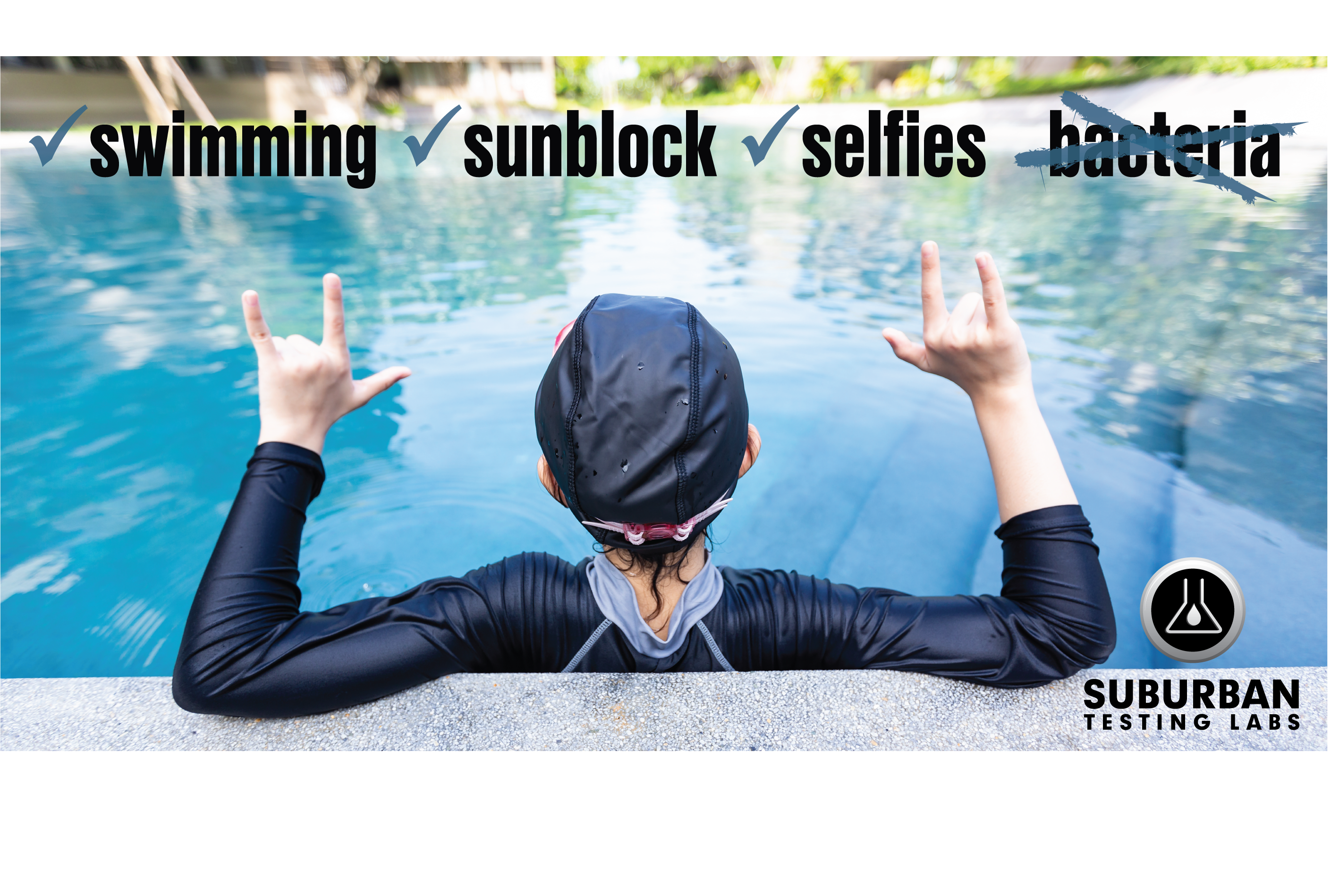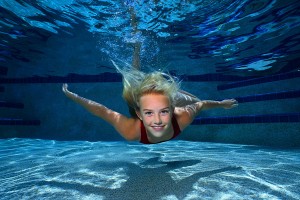Testing Pool Water
 Your poolside worries should be limited to swimming, sunblock, and selfies – not bacteria. That’s where we come in.
Your poolside worries should be limited to swimming, sunblock, and selfies – not bacteria. That’s where we come in.
Summer pool season is quickly approaching, and we are the region’s leading pool testing service provider. Last summer we performed over 8,200 analyses on pool samples, and continue to test indoor pools all year round. What does this testing entail?
Learn what public pools are required to do, how we fit in, and why some pools fail the bacteria test.
Testing Requirements
All pools open to the public are required to have the pool water tested weekly to ensure it is maintaining standards. The standards in Pennsylvania come from PA Code Ch. 18, and regulated by the PA Department of Health. Swimming pools can have up to 2 coliform per sample, free chlorine must be at least 0.4 mg/L , and pH must be between 7.2-8.2.
Pools open to the public include year-round pools, not just your neighborhood community pool. These include pools, spas, and sprinkler pads at hotels, community centers, and retirement communities.
Suburban Testing Labs analyzes pool water year-round. Our field scientists analyze pH and chlorine onsite, collect a Total Coliform bacteria sample and transport it back to our microbiology lab for analysis. If a pool has an excess of bacteria beyond the allowable limit, we contact the client and health department to inform them of the result so corrections can be made.
Why A Pool May Fail
Coliform bacteria are a naturally occurring group of bacteria that indicate the potential presence of other harmful bacteria; even the best-maintained pool might have a coliform failure from time to time.
 The most common problem with coliform bacteria is insufficient disinfectant. The minimum required limit is 0.4mg/L, however, the National Spa and Pool Institute recommend a disinfectant residual of 2-4mg/L for normal usage and 3-5mg/L for periods of heavy usage.
The most common problem with coliform bacteria is insufficient disinfectant. The minimum required limit is 0.4mg/L, however, the National Spa and Pool Institute recommend a disinfectant residual of 2-4mg/L for normal usage and 3-5mg/L for periods of heavy usage.
The next most common problem is contact time and pH. Chlorine may require 20 minutes of contact time to completely kill coliform bacteria. Chlorine also becomes less effective as pH increases. It is important to have the right balance of both pH and chlorine for adequate disinfection.
Pools are a great way to beat the heat for folks of all ages, but it’s important that standards are met and monitored to ensure that public health is protected. We are proud to support this part of the environmental protection industry.
